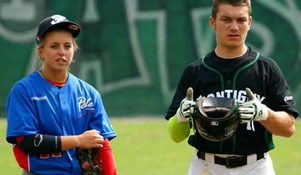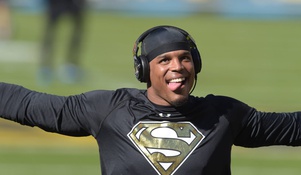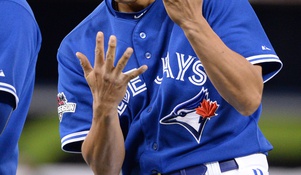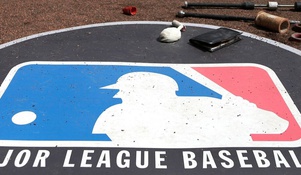Unexpected Crossovers: College Admission Process Matches Up With Professional Sports (Ch. 1)
Chapter 1:
Emmanuel Mudiay is a 19 year old multi-lingual “gap-year” student, spending one year overseas honing his craft and showcasing his talents to future employers. Call it an internship, if you will, with the Guandong Southern Tigers. His study-abroad didn’t come without hardship. Sure, he got a $1.2million stipend for offering his services, but that, and future big paychecks nearly evaporated due to an ankle injury that threatened his roster status. Rumors swirled that he become a casualty of the circumstances, of Chinese Basketball Association regulations on the number of American players per team, of the NBA’s restriction on age, of the NCAA’s eligibility red tape, of the discrepancy between the true value of young talent and the take-home pay.
Each wouldn’t happen without the previous, but Mudiay’s been through more than just this. Not unlike many immigrant students in the US, Mudiay found a better life in the US. After his father’s passing when he was just a toddler, his mother left Emmanuel and his two older brothers in the care of his grandparents to seek asylum in the US. Spending one year separated from her, Mudiay finally came to the States, and emerged onto the basketball radar.
Yet, when the TV cameras zoom in, none of this story shows. A young kid, barely an adult, will have to step into workouts, into interviews. But first, the background research must be done. “Is he a fit for our organization?”, owners ask. Is he the real deal? His journey, his quest to find his aptitudes get shoved aside on the rich mahogany table in the offices of the powerful institutions and organizations. “Let’s look at the percentages, the stats! Does he make the grade?”
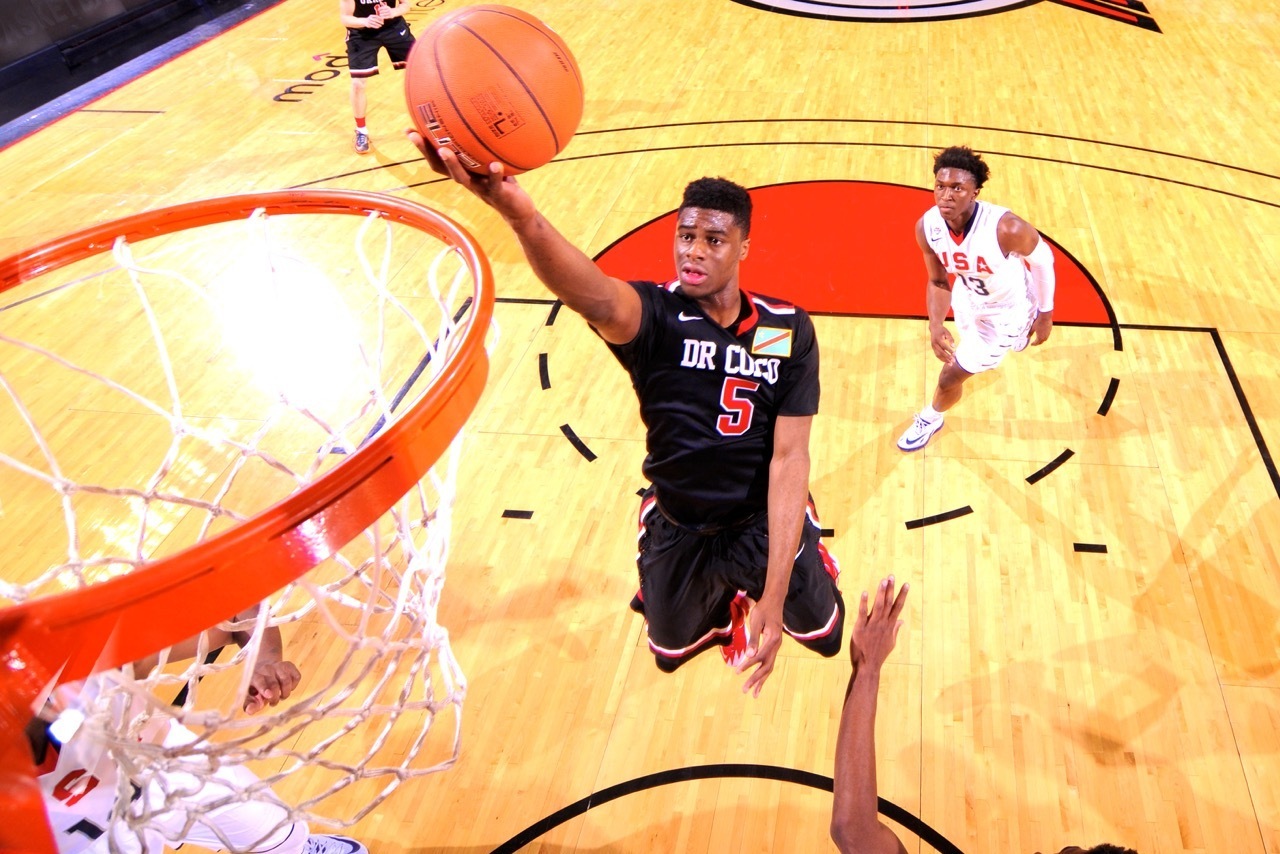
There’s red flags; was he eligible to play even in high school, let alone sniff NCAA? Is that why he had to dart overseas? But again, his deep past is benched and his most recent measurements are brought up onto the screens. He averaged 18 points per game in the CBA on 47% shooting from the field, but his free throw shooting failed, notching only 57% of his attempts. He contributed across the board, chalking up 6 boards and dishing out 6 assists per game while pilfering 1.6 steals per game. He wasn’t perfect; his 3.25 Turnovers per game means he might need to take out a home security policy. He had ups and downs, leading his team to wins over ex-NBA stars like Stephon Marbury, but followed up huge performances with duds like a 7-point performance in which he fouled out. Overall, there’s promise in the numbers for growth, and he’s already come so far.
For many students across America, their own highlight mixtapes, resumes, and applications, glisten like a sweaty Mudiay after a grueling workout. While the talented athlete puts in the hard work on the hardwood, countless students write away on their wooden desks, studying hard as they promised their parents they would. It wasn’t enough to put up big points, to score high marks on tests. They had to contribute to the school in extracurricular club participation, getting their names in the local newspapers, bringing home medals and ribbons for countless achievements. They reached out to the greater community, getting involved in causes they loved to champion. They donated time and money to community service, stepping up to the charity stripe. Too many students drew the foul, overcoming abusive childhoods to score an and-1. Others overcame different obstacles, different defenders standing in front of their goals, and with one swift headfake and crossover, left their opponents in the dust.
But will either student, the high-flying mega-athlete or the pass-every-test-with-flying-colors student, make it to the top four prestigious organizations?
